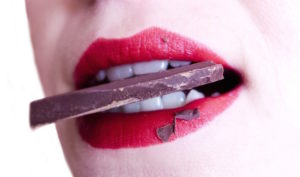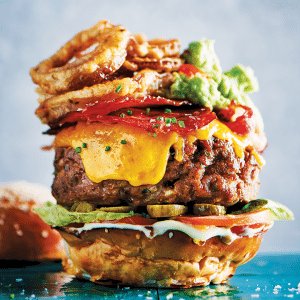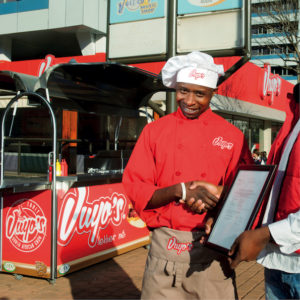Do cooking and baking terms continue to elude you? To help you get to grips and brush up on your knowledge, we’ve rounded up a list of the most common cooking and baking techniques (and some ingredients) in this helpful glossary.
Bain-marie
Directly translated from French, a bain-marie means ‘water bath’ and involves gently heating a delicate dessert such as custard and crème brulée in a metal container in a bowl of hot water.
Baking powder
A raising agent that reacts in the presence of moisture and heat to produce carbon dioxide, which allows baked goods to rise.
Bicarbonate of soda (aka sodium bicarbonate, also referred to as baking soda in the US)
An alkaline raising agent that is activated when it comes into contact with an acidic ingredient. It’s commonly used in combination with buttermilk for American-style pancakes. It is also a useful cleaning agent when combined with vinegar.
Blind bake
Blind baking is a technique that involves pre-baking an unfilled pastry shell. Before baking, the pastry shell is weighed down with dry beans or rice, or ceramic baking beads to prevent it from puffing up while baking.
Caramelise
The process of heating food (sweet or savoury) until the sugars on the surface break down and form a golden-brown coating.
Fold
The process of gently mixing meringue or batter so as not to lose any aeration.
Hard-ball stage (sugar)
Hard-ball stage is reached when sugar and water is boiled beyond the soft-ball stage, reaching a temperature of 122 to 130°C. When this happens, you are on your way to making toffee or peanut brittle.
Sauté
A basic cooking method that involves frying vegetables such as onions in hot oil or butter on high heat.
Slurry
A slurry is a mixture of flour (or cornflour) and water, often used to thicken sauces and soups.
Soft-ball stage (sugar)
This is a stage reached when a mixture of sugar and water (syrup) is boiled until it starts to change texture. If you can shape the syrup into a flexible ball (after cooling a spoonful of it in an ice bath), it has reached the soft-ball stage. You can fudge, praline and fondant. When using a thermometer instead of the soft ball method, the syrup should be in the region of 112 to 116’C.
Soft-peak stage (cream and egg whites)
When egg whites or cream are beaten until the mixture is thick enough that it holds shape but the peaks flop over when the whisk is removed. Soft-peak meringue is often used to make mousses and souffles. Cream that has been whisked to soft-peak stage is commonly used as a topping for scones and flapjacks. If cream is whisked further than this stage, you’ll end up with butter.
Stiff-peak stage (cream and egg whites)
When egg whites or cream are beaten until the mixture is thick enough to form physical stiff peaks that hold their shape when the whisk is removed. This is commonly used in recipes that involve meringue, such as pavlova and lemon meringue pie.
Zest
The peel of a citrus fruit excluding the plith (white fluffy underside) which is bitter and inedible. You would usually obtain zest using a Microplane (a very fine grater). Citrus zest lends a dish a subtle flavour without compromising it or overpowering it with citrus juice.




